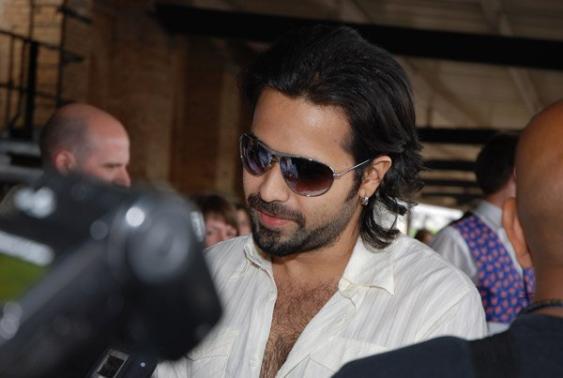
The Indian commercial cinema, while drawing heavily from Hollywood musicals, adopted a different tack in that the plot was not employed in the service of healing the narrative/spectacle split. Instead song and dance sequences were and are used as natural expressions of everyday emotions and situations. The Hollywood musical sought to maintain the facade of reality with a view to legitimatise the spectacle. They not only displayed singing and dancing, but were, in fact, about singing and dancing. The Indian filmmakers, on the other hand, while seeking to intensify the element of fantasy through music and spectacle, also reinforced the impression that songs and dances are the natural and logical expression of emotion in the given situation in the filmic performance. Music contributes a vital ingredient in the cultural construction of emotion. In this way, we see both similarities and differences between Hollywood musicals and Indian mainline films.
The two basic ingredients of the "invisible" style are mise-èn-scène and continuity editing. It means that technique should be used in such a way that it will not be noticed, making itself 'invisible' in that sense. The 'invisible' style led to the principle of "centering". Camera angles, lighting, focus, framing, costumes, set designs, all worked unitedly to keep the primary object of the narrative at the center of the frame. The discontinuity effected by editing, on the other hand, were concealed by practices aimed to keep intact spatial and temporal continuity from shot to shot. Continuing action, connecting looks, common sounds, matching successive shots by visual similarities, the 180 degree system, etc ensured the continuity of editing. Indian filmmakers, with their inordinate love for dramatic camera movements, extravagant use of colour, flashy editing and self-conscious use of sound depart sometimes from the "invisible" style of Hollywood. In the case of Hollywood filmmakers, the narrative closure, unobtrusive and non-reflexive camera, continuity of image, voyeuristic objectification, shot centering, frame balance, sequential editing sought to create in the minds of the spectator the impression that what is being displayed on the screen is an objective reporting of real events rather than a contrived and wilfully created sequence of events. In this regard, it is pertinent to remind ourselves of the concept of verisimilitude (an Aristotelian term, referring to the resemblance to life that a work of art claims) to the effect that it should not be equated with reality but interpreted as what a culture takes for reality. Hence, reality can plausibly be argued as a cultural construct.
In recent years, Hollywood has become the main hunting ground for plots, stories and characters for films to such an extent that a large number of films are Hindi remakes of Hollywood successes. This phenoemon, enabled by shot-by-shot remake through easily available DVDs, has deepened the influence of Hollywood. Importantly, European or Latin American successes are rarely, if ever, replicated by 'Bollywood' films.
.jpg)
No comments:
Post a Comment